The first thing we look for is a good pair of shoes if we want to start running casually for good health or to participate in marathons professionally. To enjoy every bit of our running experience, we need to look at an injury-reducing and comfortable shoe.
Keeping a good pair of shoes in mind, we cannot afford to ignore the biomechanics (the mechanical aspect of human movement) of running. The flexibility in the three main joints of your legs, the hips, knees, and ankles, helps your large muscle groups to contract upon landing causing a “compression” that stores the energy gained from impact forces.
Here is a list of the main indicators on how you can choose running shoes for yourself depending on your individual requirement, not going by what your peers are wearing on their feet.
List of the Main Indicators on How to Choose Running Shoes:
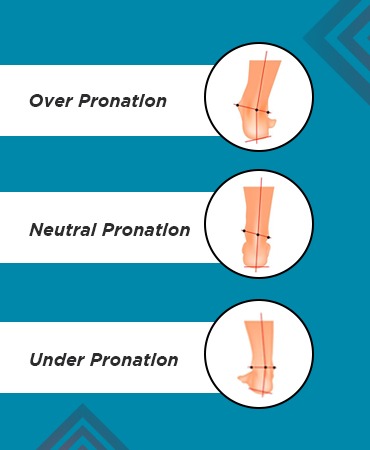
1. Pronation Control
As the foot strikes the ground, it rolls inward to absorb the shock to evenly distribute the impact upon landing, this is called pronation. If you have a high arch in your foot, you need cushioned running shoes for under pronation. They focus on midsole cushioning for extra shock absorption, cushioning in the heel and along outside of the running shoe.
If you have a normal arch in the foot, you need neutral pronation for which you should buy neutral running shoes to promote natural foot motion.
If you have a flat foot, you need overpronation for which you must wear stability running shoes which will give you maximum support and structured cushioning.
After selecting the kind of foot you have, the pronation aspect will be taken care of. However, apart from that, shock absorption will be done by the muscles of your body which absorb the brunt of impact forces while running. Your body is subject to much larger impacts repeatedly with increased weight and velocity when you are running.
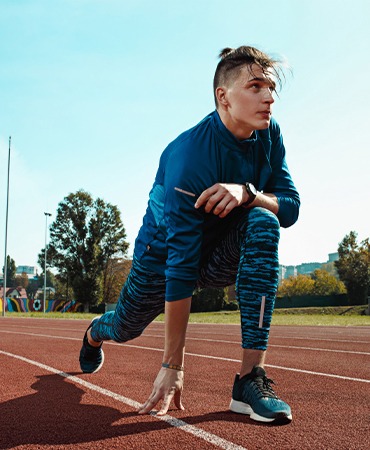
2. Best Sole For Running Shoes
Why is PU (Polyurethane) Sole the Most Recommended for Running Shoes?
- Absorbs the shock
- Anti-skid
- High-bending
- Gives good grip on the ground
- Lightweight
- Water-resistant nature
- Breathable for ventilation
- Better insulation
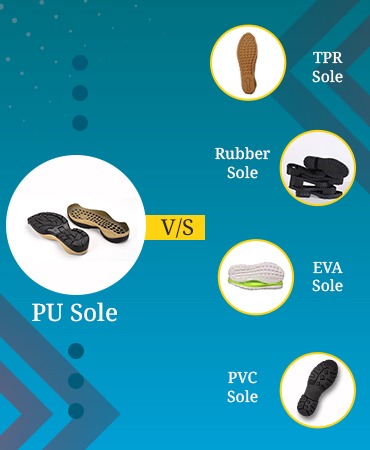
Shoe Sole Types For Running:
- PVC (Polyvinyl chloride) shoe soles are great for daily wear and tear but not for running and exercising because PVC soles lack ventilation and cushioning, they also lack proper grip and texture. They have stiff and sharp edges and provide relatively less comfort as compared to PU soles.
- Thermoplastic rubber (TPR) soles are good shock-absorbers and grippers, provide good traction on wet surfaces, but TPR soles compromise with comfortability and are not all day long wear shoe soles.
- EVA (Ethylene-Vinyl Acetate) soles are highly elastic and comfortable under the feet. But, they are don’t bear compression as good as PU soles, they are not abrasion-resistant and get dirty as soil sticks easily to them.
- Rubber soles cannot resist wear and tear during hard runs or jogging and start feeling uncomfortable.
- PU soles are highly elastic and comfortable under the feet and can be worn all day long.
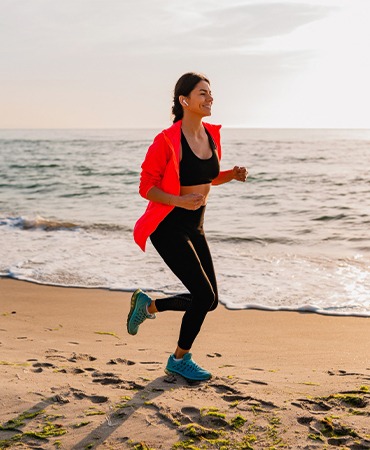
3. Kind Of Terrain You Run On
Before you choose your shoes, you must keep in mind the kind of surface you run on, your running style, and your personal taste. Select your running shoes depending on the kind of running you generally do.
- EVA sole material could be a good option for long-distance running on concrete roads
- Rubber sole for rocky, hilly terrain for its tough nature and durability
- PU sole for everyday lightweight running
Also Read: How to Run Fast – 11 Unmatched Tips to Speed Up Sprints
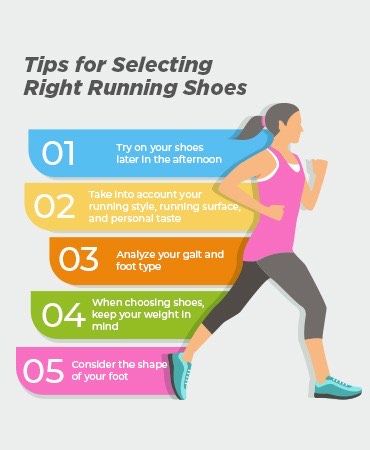
Tips for Selecting the Right Running Shoes
1. Try on your shoe later in the afternoon because over the course of the day, your feet become swollen from physical activity. This will prevent you from buying a shoe smaller in size. You may try shoes after a run. It will help indicate the maximum size of your foot.
2. Select the shoe according to the shape of your foot in the front –narrow or wide. Standard shoe width for men is D while it is B for women.
3. Shoe stores these days have equipment that can analyze your gait (how you walk/run) and your foot type (flat foot, high arch, low arch)
4. Keep your weight into account whenever selecting a shoe, especially if your weight is in the heavier side. If you are heavy, there will be greater impact between your foot and the ground. To bear the impact, you may require shoes with additional support.
Thumb Rule For Trying Running Shoes
While running, the feet come under strain and cause slight swelling which means that professional runners must buy a shoe that is a half size larger than their normal street shoe. The thumb rule is slide your foot forward in your shoe, insert a finger in between your foot and the heel of the shoe, look for a finger’s space between the foot and the shoe at the back of the heel.
Bottomline: Last but not the least, the most important of all, the shoe should fit you right.










